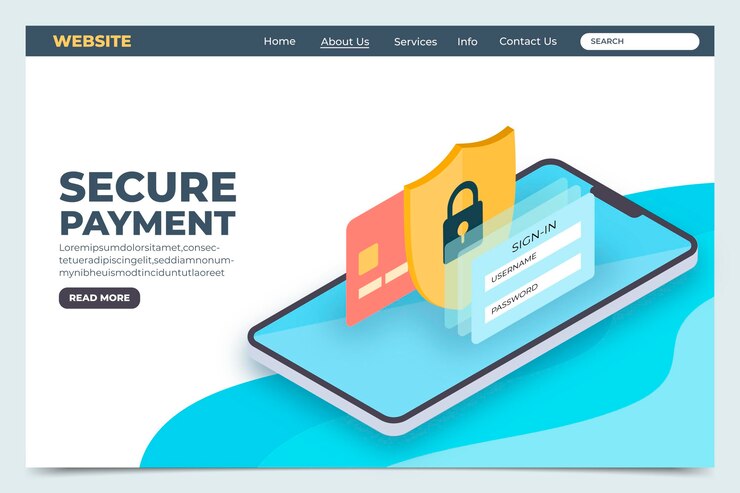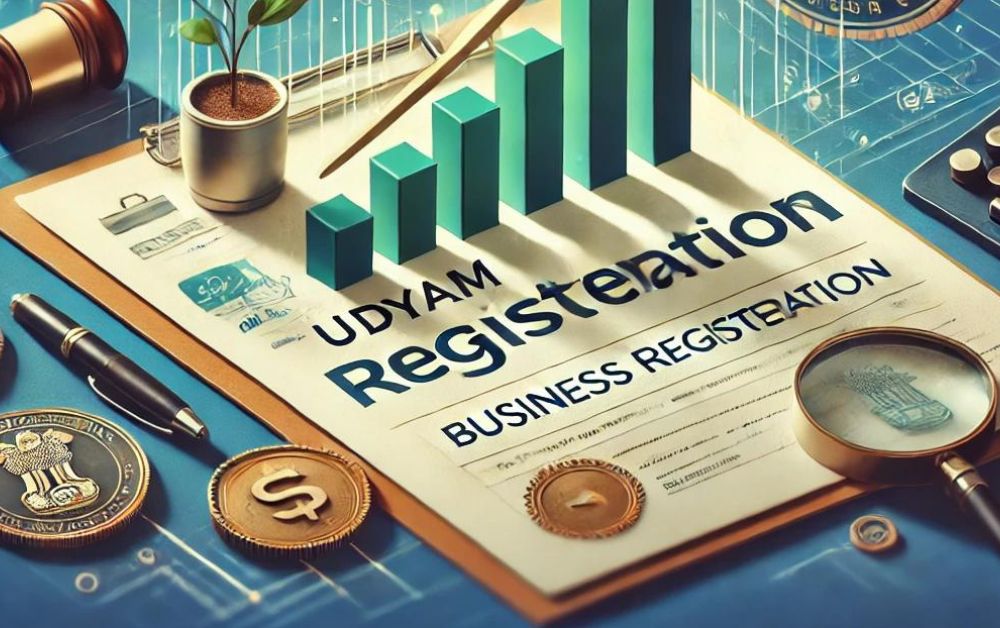What is EMV 3DS 2.0, and Why Does it Matter to Payment Gateways?

EMV 3DS 2.0 is an updated authentication protocol designed to enhance the security of online payments. It helps verify the cardholder’s identity, reducing fraud and ensuring safer transactions. Adopting EMV 3DS 2.0 is crucial for payment gateways as it improves customer trust and compliance with global security standards. This protocol also supports a better user experience by enabling smoother and faster checkouts. Understanding EMV 3DS 2.0 and its benefits can help businesses make informed decisions about payment security measures, ultimately protecting merchants and customers.
Understanding EMV 3DS 2.0
EMV Three-Domain Secure 2.0 is an updated authentication protocol developed to enhance the security of online transactions. Unlike its predecessor, 3DS 1.0, which primarily relied on static passwords, 3DS 2.0 incorporates dynamic authentication methods, improving security and user experience.
Key Features of EMV 3DS 2.0
Understanding the key features of EMV is essential to grasp its impact on payment security. Here are the main components:
1. Improved Risk Assessment: EMV uses additional data points to assess the risk associated with each transaction. This enhanced risk assessment capability helps better identify and prevent fraudulent transactions. It considers device information, user behavior, and transaction history, enabling a more comprehensive analysis.
2. Frictionless Flow: EMV allows a frictionless flow for low-risk transactions, which can be completed without additional authentication steps. This results in a seamless user experience, reducing the likelihood of cart abandonment due to cumbersome security checks.
3. Challenge Flow: EMV initiates a challenge flow for higher-risk transactions, requiring additional verification from the user. This could involve entering a one-time password (OTP), answering security questions, or using biometric authentication methods such as fingerprints or facial recognition.
4. Enhanced User Experience: Integrating EMV provides a smoother and more secure checkout process. Users are less likely to experience interruptions during transactions, leading to higher satisfaction and increased trust in the payment system.
Advantages of EMV 3DS 2.0 for Payment Gateways
EMV 3DS 2.0 offers numerous payment gateway advantages, enhancing security and efficiency. Here are some key benefits:
1. Increased Security: One of EMV’s primary advantages is its enhanced security features. Incorporating more data points for risk assessment and dynamic authentication methods significantly reduces the risk of fraud. This makes it an effective fraud management solution, providing peace of mind for both merchants and customers.
2. Compliance with Regulations: EMV helps payment gateways comply with regulatory requirements, such as the Revised Payment Services Directive (PSD2) and Strong Customer Authentication (SCA) in the European Union. Compliance with these regulations is crucial for operating legally and avoiding penalties.
3. Higher Approval Rates: EMV can lead to higher transaction approval rates with better risk assessments and fewer false declines. This benefits merchants by increasing sales and reducing the likelihood of losing customers due to declined transactions.
4. Reduced Chargebacks: EMV shifts the liability for fraudulent transactions from merchants to card issuers by ensuring the person making the transaction is a legitimate cardholder. This reduction in chargebacks helps merchants save money and maintain their reputation.
Implementation and Integration
Understanding its implementation and integration is key to fully benefiting from EMV. Here’s what you need to know:
1. Seamless Integration: EMV can seamlessly integrate into payment systems through APIs and plugins. This ensures businesses can upgrade their security protocols without significant disruptions.
2. Multi-Channel Support: The protocol supports various payment channels, including web, mobile apps, and in-app purchases. This flexibility allows businesses to provide a consistent and secure payment experience across different platforms.
Impact on Customer Experience
The customer experience is a critical factor in the success of EMV. Here’s how it enhances user interactions:
1. Reduced Cart Abandonment: EMV’s frictionless flow helps reduce cart abandonment rates. Customers can complete their transactions quickly and without unnecessary steps, improving overall satisfaction and boosting conversion rates.
2. Trust and Confidence: A secure and seamless payment process builds customer trust and confidence. When users know advanced security measures protect their transactions, they are more likely to return to the same merchant for future purchases.
Challenges and Considerations
Adopting EMV may come with challenges that businesses need to consider. Here’s what to keep in mind:
1. Initial Setup Costs: Upgrading to EMV may involve business setup costs. However, the long-term benefits of enhanced security and higher approval rates often outweigh these initial investments.
2. Customer Education: It is important to educate customers about the new authentication steps involved in EMV. Clear communication can minimize confusion and ensure a smooth transition to the updated protocol.
Conclusion
EMV 3DS 2.0 significantly advances online transaction security, offering enhanced risk assessment, frictionless and challenging flows, and a better overall user experience. Implementing EMV is crucial for reducing fraud, complying with regulations, and improving transaction approval rates for payment gateways. As a robust fraud management solution, it provides businesses and customers with the security and confidence needed today. Upgrading to EMV ensures your payment processes are secure, efficient, and ready for the future.









